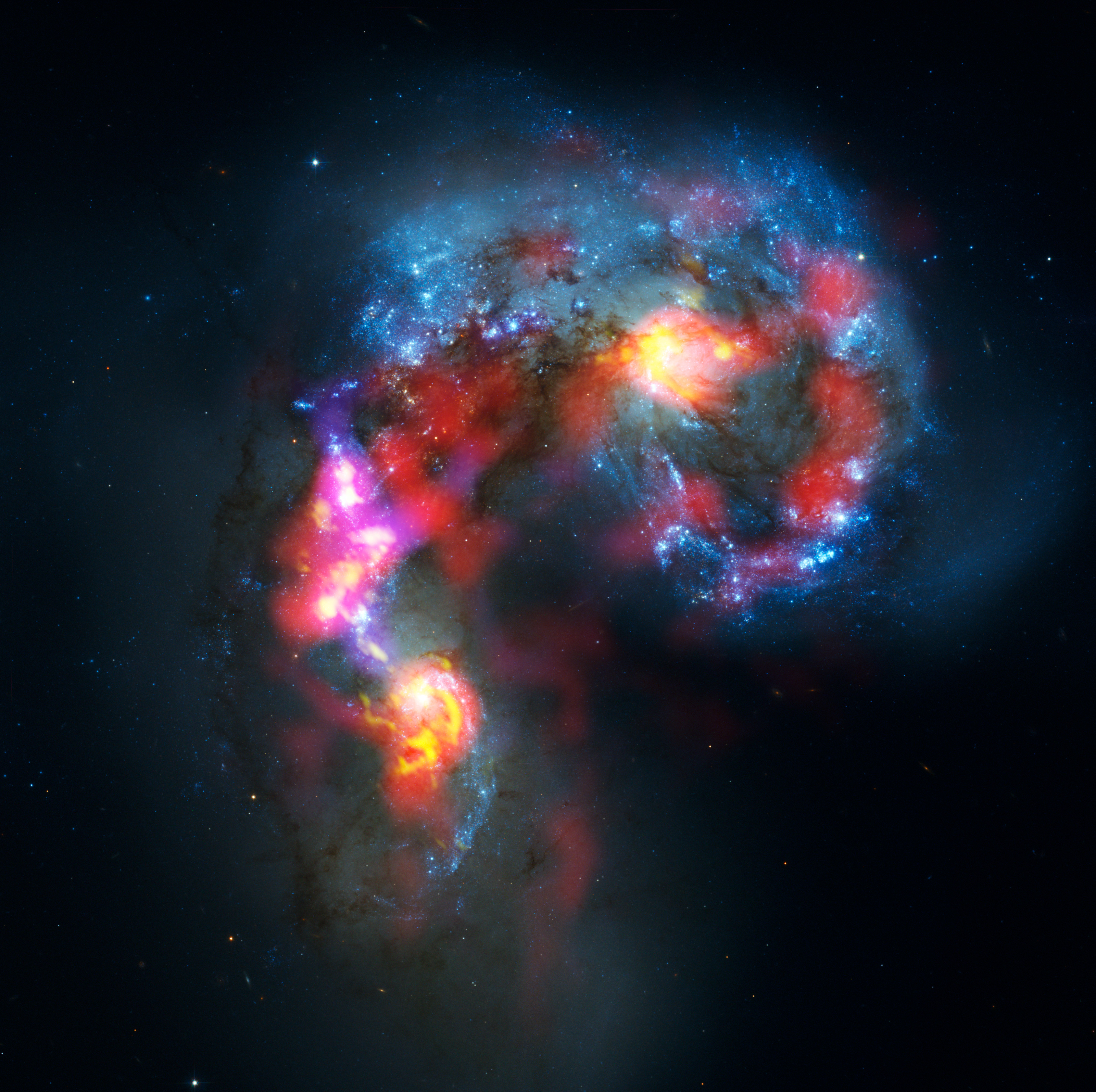Please login in order to download photos in full size
If you are not registered, please register for free: www.Free-Photos.biz/register
Please note to download premium images you also need to join as a free member..
You can also save the photos without the registration - but only in small and average sizes, and some of them will have the site's watermark. Please simply click your right mouse button and save the image.
Please login in order to like photos
If you are not registered, please register for free:
Sorry, non-members can download up to 1100 full-size photos per month.
It looks like you have used up your limit.
Free members can download an unlimited number of full-size photos - including the premium free photos.
Join as a member today for FREE! - and download the images without limitations:
www.Free-Photos.biz/membership.php
You can also save the images without the membership - but only in small and average sizes, and some of them may have the site's watermark. Please simply click your right mouse button and save the image.

|
This is a premium free photo
This photo was viewed 3 times and was downloaded in full size 2 times.
This photo was liked 0 times
Source page: |
http://commons.wikimedia.org/wiki/File:Antennae_Galaxies_composite_of_ALMA_and_Hubble_observations.jpg |
|---|
Summary
| Description |
English: The Antennae Galaxies (also known as NGC 4038 and 4039) are a pair of distorted colliding spiral galaxies about 70 million light-years away, in the constellation of Corvus (The Crow). This view combines ALMA observations, made in two different wavelength ranges during the observatory’s early testing phase, with visible-light observations from the NASA/ESA Hubble Space Telescope.
The Hubble image is the sharpest view of this object ever taken and serves as the ultimate benchmark in terms of resolution. ALMA observes at much longer wavelengths which makes it much harder to obtain comparably sharp images. However, when the full ALMA array is completed its vision will be up to ten times sharper than Hubble. Most of the ALMA test observations used to create this image were made using only twelve antennas working together — far fewer than will be used for the first science observations — and much closer together as well. Both of these factors make the new image just a taster of what is to come. As the observatory grows, the sharpness, speed, and quality of its observations will increase dramatically as more antennas become available and the array grows in size. This is nevertheless the best submillimetre-wavelength image ever taken of the Antennae Galaxies and opens a new window on the submillimetre Universe. While visible light — shown here mainly in blue — reveals the newborn stars in the galaxies, ALMA’s view shows us something that cannot be seen at those wavelengths: the clouds of dense cold gas from which new stars form. The ALMA observations — shown here in red, pink and yellow — were made at specific wavelengths of millimetre and submillimetre light (ALMA bands 3 and 7), tuned to detect carbon monoxide molecules in the otherwise invisible hydrogen clouds, where new stars are forming. Massive concentrations of gas are found not only in the hearts of the two galaxies but also in the chaotic region where they are colliding. Here, the total amount of gas is billions of times the mass of the Sun — a rich reservoir of material for future generations of stars. Observations like these will be vital in helping us understand how galaxy collisions can trigger the birth of new stars. This is just one example of how ALMA reveals parts of the Universe that cannot be seen with visible-light and infrared telescopes. |
| Date | |
| Source | https://www.eso.org/public/images/eso1137a/ |
| Author | ALMA (ESO/NAOJ/NRAO). Visible light image: the NASA/ESA Hubble Space Telescope |
Licensing
|
Their website states: "All ESO still and motion pictures are released under the Creative Commons Attribution 3.0 Unported, unless the credit byline indicates otherwise." To the uploader: You must provide a link (URL) to the original file and the authorship information if available. |
|||||
|
Creative Commons Attribution 3.0 Unported
| EXIF data: | |
| File name | antennae_galaxies_composite_of_alma_and_hubble_observations.jpg |
|---|---|
| Size, Mbytes | 3.0257890625 |
| Mime type | image/jpeg |
While the copyright and licensing information supplied for each photo is believed to be accurate, Free-Photos.biz does not provide any warranty regarding the copyright status or correctness of licensing terms. If you decide to reuse the images from Free-Photos.biz, you should verify the copyright status of each image just as you would when obtaining images from other sources.
The use of depictions of living or deceased persons may be restricted in some jurisdictions by laws regarding personality rights. Such images are exhibited at Free-Photos.biz as works of art that serve higher artistic interests.
PRIVACY POLICY
By registering your account and/or by subscribing to new and newly rated photographs you agree we may send you the links to photos and we may occasionally share other information with you.
We do NOT disclose your personal data.



